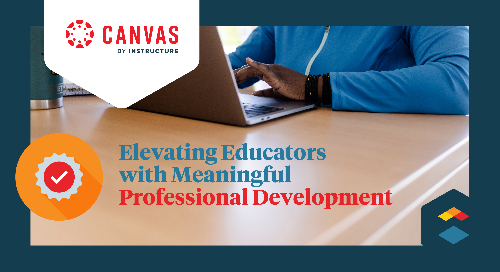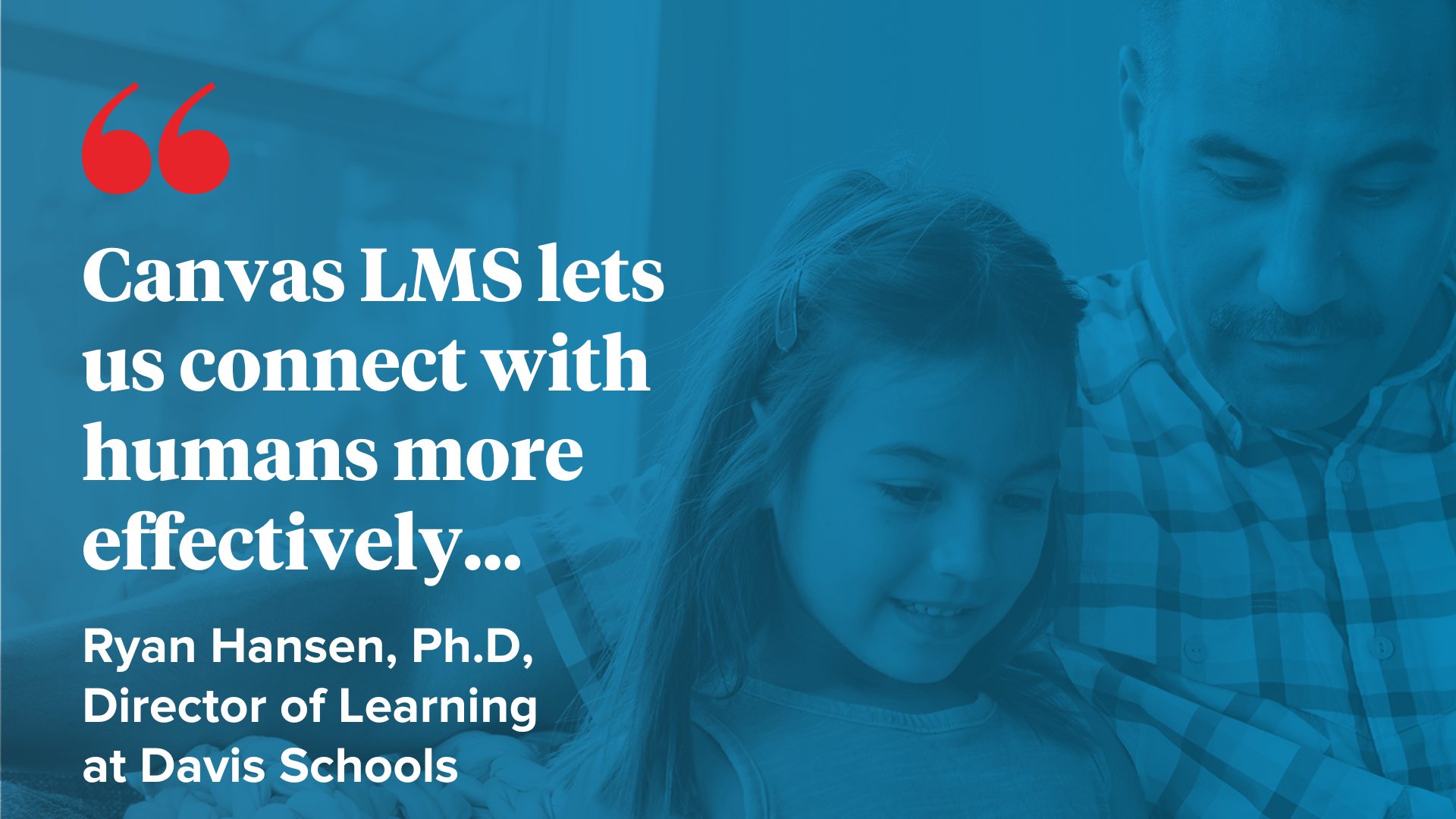
In 1997, Fusion Academy established itself as the premier 1:1 school and has remained a trailblazer in personalized instruction. While supporting students’ individualized growth is our mission, this would be impossible without a comprehensive, personalized professional development program for our leaders and teachers.
Before implementing Canvas LMS two years ago, our development was robust but needed an experiential continuity that was so important for adult learners. Once we switched to Canvas as our primary Learning Management System (LMS), we started seeing remarkable results in our students’ learning experiences. Based on this success, we embraced Canvas as our platform for all instruction and learning from students to staff development.
Creating engaging workshops requires expertise in adult learning principles, facilitation practices, and a deep understanding of the subject matter. Less often considered is that it also demands proficiency in thoughtful design, including visually appealing materials, use of multimedia resources, and interactive components.

The Benefits of Canvas LMS for Professional Development
When considering leveraging Canvas for your professional development, here are a few notable benefits:
Creating Self-Directed Experiences
Adults have the desire to be self-directed learners, meaning they want a voice in how they receive their learning. They want to manage their own experience and find their own way. When professional development is built in Canvas, you can provide a roadmap for learners to navigate independently.
For example, our team led a workshop on supporting students with AI. Paired with a live delivery, each participant had their own course with all the materials that followed the flow of the presentation. Those participants were able to have a more autonomous experience with open access to the content, and those who missed the workshop could move through it independently.

Building In Collaboration
Adults value collaboration because they have the expertise to contribute to one another’s learning. It’s also a necessary ingredient in learning because it boosts engagement and creativity. The Discussion Boards provided in Canvas are a great way to encourage collaboration and allow learners to work through aspects of the content in small groups.
In various workshops, we’ve utilized the Discussion Boards for pre-work collaboration and sharing reflections during activities. We often have participants work in small groups to watch a video, read an article, or do a project and then submit an artifact of their work through Canvas.
Establishing An Evergreen Resource
Professional development is most effective when it’s sustained rather than a one-time occurrence. Canvas serves as a great hub for building ongoing experiences into a single course so learners can track the outcomes, content, resources, and assignments. After building a series of professional developments around the topic of executive function years ago, educators are still able to access a wealth of information in Canvas, and it remains beautifully organized.

Cohesive Learning Experience
Adult learners are more engaged and draw deeper connections when they are aware of where they are going in their development. Creating a professional development course that can “live” with the learner for the entire year, provides them with a road map that connects each seminar or workshop’s outcomes to the larger outcomes. We create an annual professional development Canvas course that includes activities and resources, in addition to session recordings, that are arranged by module. Housing materials in one course provides transparency and clarity around annual development purposes and goals.

Engagement for Everyone, Everywhere

There are a variety of features to leverage and having the tables turned can help teachers learn how to use Canvas most creatively. Finally, when curating a professional development experience, the primary objective is meeting the learning outcomes, but the secondary benefit is never one to underestimate. In this case it’s modeling for participants what you hope they do with their staff and students –personalize facilitation and instruction to create the most effective learning environment.

